Have you ever found yourself overwhelmed by the hustle and bustle of daily life, yearning for a moment of peace? In a world that’s constantly moving, it’s vital to find avenues to recharge and reset. Yoga, an ancient practice known for its holistic benefits, is an excellent remedy for stress relief. Whether you’re a seasoned yogi or a complete beginner, incorporating specific yoga poses into your routine can help soothe the mind and rejuvenate the body.
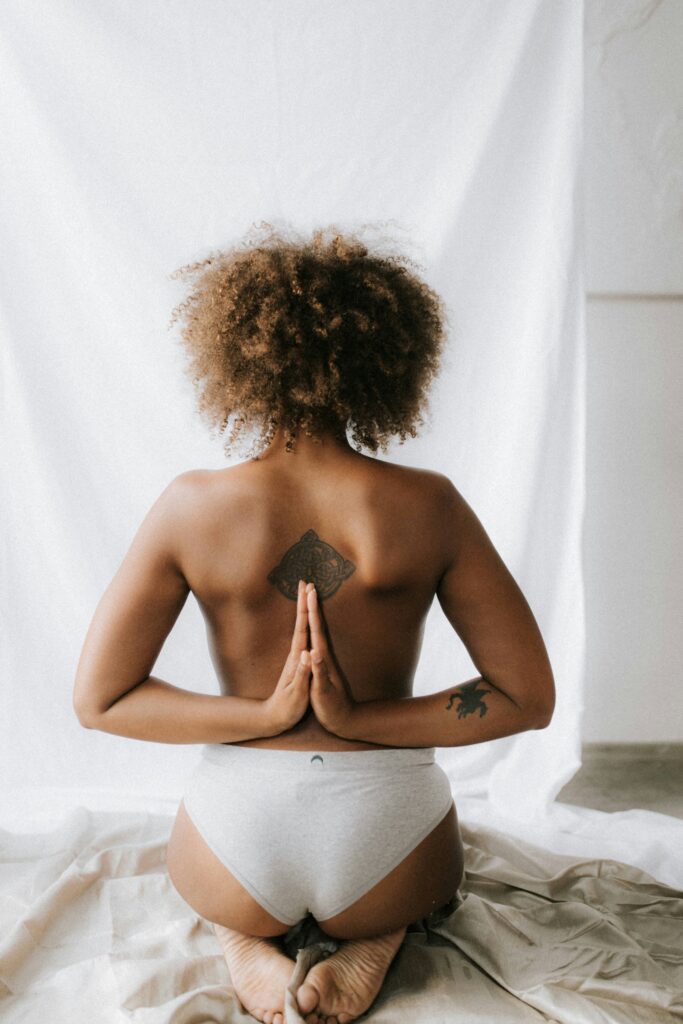
Understanding Stress and Its Impact
Before we dive into the yoga poses, it’s essential to understand what stress is and how it affects you. Stress is your body’s natural reaction to challenges or demands. It’s a normal part of life, but too much stress can lead to significant health issues, affecting both your mental and physical well-being. Continuous stress can result in anxiety, depression, insomnia, and even cardiovascular problems.
How Yoga Alleviates Stress
Yoga isn’t just about physical flexibility and strength; it also promotes mental clarity and calm. Through a combination of physical postures, breathing techniques, and meditation, yoga reduces cortisol levels — the primary hormone responsible for stress. Regular practice encourages relaxation and mindfulness, creating a peaceful state of mind.
Preparing for Your Yoga Practice
Getting ready for your yoga session involves more than just rolling out your mat. To maximize the benefits of your practice, consider the following elements:
Choose the Right Environment
A calm and clutter-free space can enhance your yoga experience. Whether it’s a corner of your living room or a dedicated yoga studio, make sure it’s a place where you feel at ease.
Set an Intention
Before you start, take a moment to set a personal intention. This could be a word or phrase that guides your practice, serving as a reminder of why you’re dedicating this time to yourself.
Wear Comfortable Clothing
Opt for clothes that allow you to move freely. There’s no need to invest in expensive yoga gear; the key is comfort and flexibility.
Use Essential Props
Yoga props like blocks, straps, and bolsters can aid in your practice, especially if you’re new to yoga. These tools help you maintain proper alignment and can make poses more accessible.
Essential Yoga Poses for Stress Relief
Now, let’s delve into the core of your practice: the poses. These specific postures are particularly effective in alleviating stress and promoting relaxation.
Child’s Pose (Balasana)
Child’s Pose is a gentle stretch for the back, hips, and thighs. It’s a resting pose that calms the brain and relieves tension throughout the body.
- How to Do It: Kneel on the floor, bring your big toes together, and separate your knees to about hip-width apart. Sit back on your heels, then bend forward with your arms extended in front of you or alongside your body. Rest your forehead on the ground or a yoga block.
Cat-Cow Stretch (Marjaryasana-Bitilasana)
This dynamic combination of two poses helps to relieve stress in the spine and improve breathing.
- How to Do It: Start on your hands and knees in a tabletop position. As you inhale, arch your back, dropping your belly towards the mat (Cow Pose). On the exhale, round your spine up towards the ceiling (Cat Pose). Repeat the sequence, flowing with your breath.
Downward-Facing Dog (Adho Mukha Svanasana)
A staple in most yoga practices, this pose stretches the spine and strengthens the arms, shoulders, and legs. It also helps to calm the mind and relieve stress.
- How to Do It: Begin on your hands and knees. Spread your fingers wide and press into your palms as you lift your knees away from the floor. Extend your legs, aiming to create a V-shape with your body.
Standing Forward Bend (Uttanasana)
This pose allows you to let go of tension and ground your energy, providing a calming effect on your mind.
- How to Do It: Stand with your feet hip-width apart. Bend forward at the hips, allowing your head and arms to hang toward the floor. You can bend your knees slightly if needed to avoid strain.
Legs-Up-The-Wall Pose (Viparita Karani)
An incredibly restorative pose, this position helps lower stress and anxiety levels by promoting blood circulation and calming the nervous system.
- How to Do It: Sit sideways against a wall, then gently swing your legs up the wall as you lie back. Adjust your distance from the wall to create a comfortable stretch.
Corpse Pose (Savasana)
Often the concluding pose in yoga practice, Savasana is all about deep relaxation and letting go of all stresses.
- How to Do It: Lie flat on your back, with your arms and legs relaxed comfortably apart. Close your eyes and take deep, slow breaths, allowing your body to sink naturally into relaxation.
Incorporating Breathwork and Meditation
While yoga poses are crucial, breathwork (pranayama) and meditation also play significant roles in stress relief. These practices help regulate the nervous system, enhancing the relaxation response.
Basic Breathwork (Pranayama)
Controlled breathing can greatly influence your mood and stress levels. Simple techniques like deep belly breathing or alternate nostril breathing can be practiced anywhere, anytime.
Basic Meditation Practice
Quieting the mind through meditation helps cultivate mindfulness and reduces stress. Start with a few minutes of guided mindfulness meditation daily and gradually increase the duration as you become more comfortable.
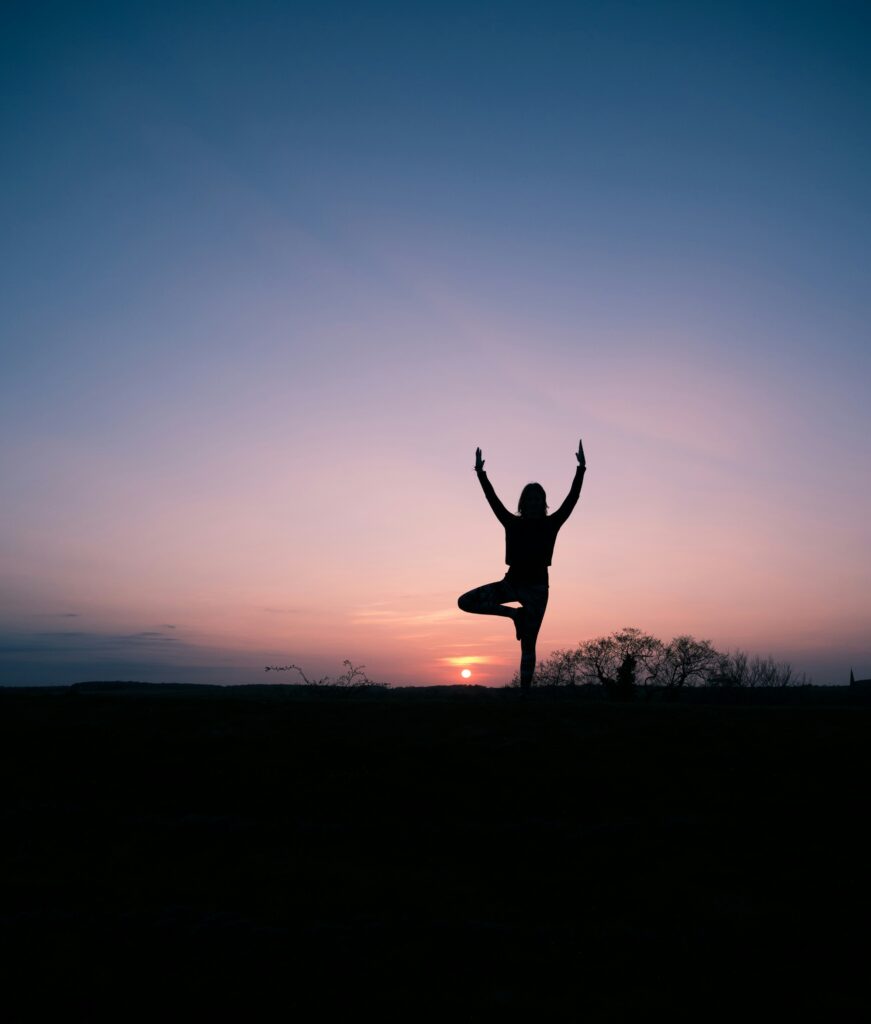
Tips for a Consistent Yoga Practice
Consistency in your practice can amplify the stress-relieving effects of yoga. Here are some tips to keep your practice regular:
Set a Routine
Establish a regular yoga schedule that fits your lifestyle. Consistency is key, even if it means practicing for just a few minutes each day.
Mix it Up
While routine is essential, variety can keep your practice fresh and engaging. Explore different styles of yoga or incorporate new poses to maintain your interest.
Listen to Your Body
Always pay attention to your body’s signals. Modify poses to suit your comfort and limit, and avoid pushing yourself into pain.
Stay Patient and Compassionate
Yoga is a journey, not a destination. Be gentle with yourself as you progress, knowing that each day may bring different challenges and rewards.
Conclusion
Engaging in yoga for stress relief is an excellent choice for improving your overall well-being. These yoga poses, combined with mindful breathing and meditation, offer a path to tranquility in the midst of life’s chaos. Remember, the journey of yoga is deeply personal, and every practice brings you one step closer to a more serene, balanced life. Embrace this ancient practice, and nurture the peace it cultivates within you.
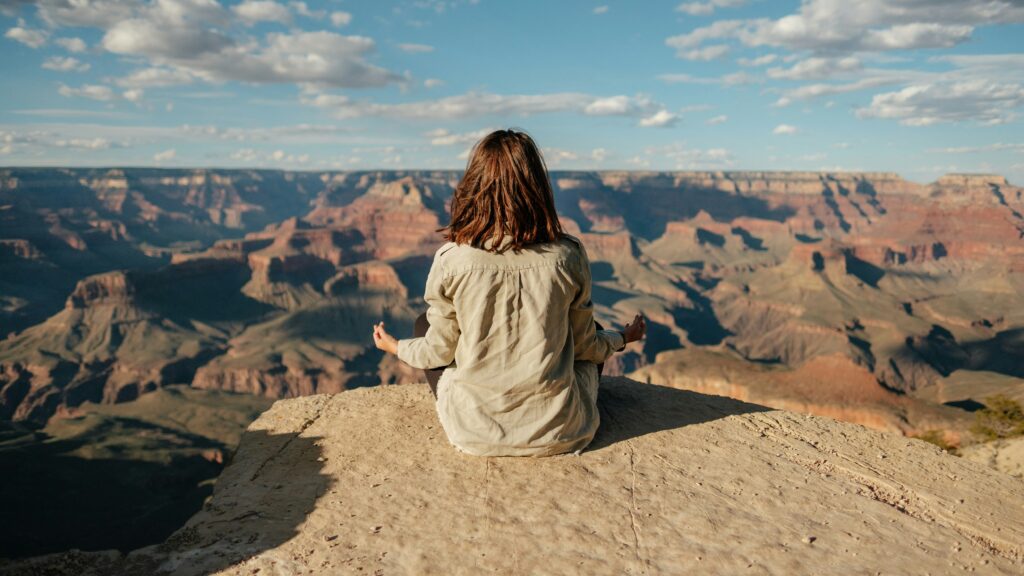
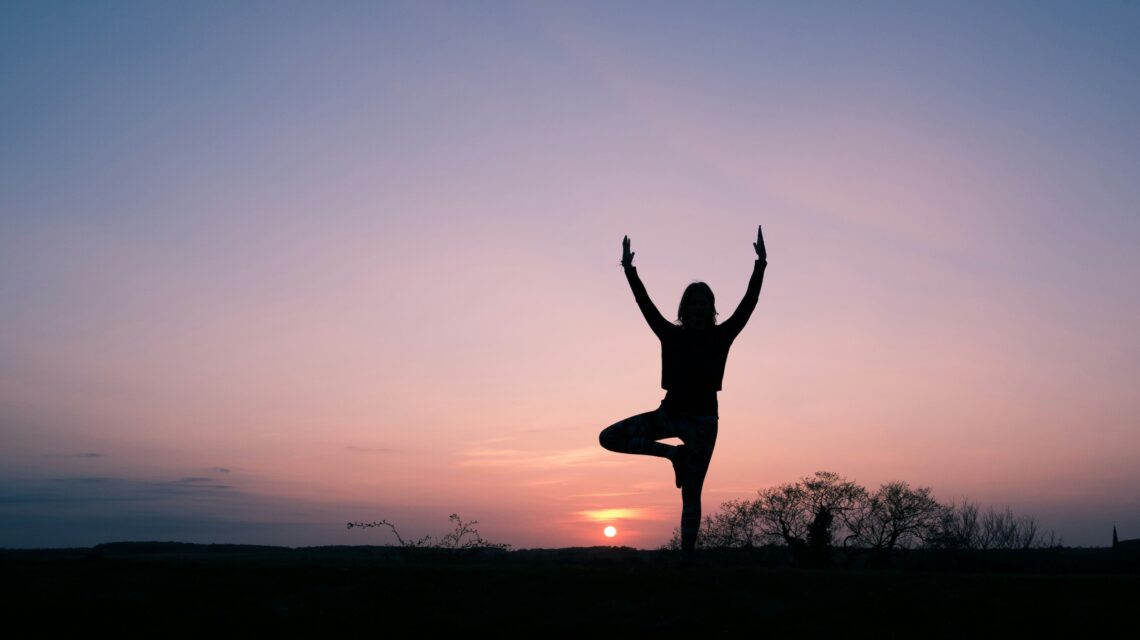
 10 Simple Self-Care Practices For Stress Relief
10 Simple Self-Care Practices For Stress Relief 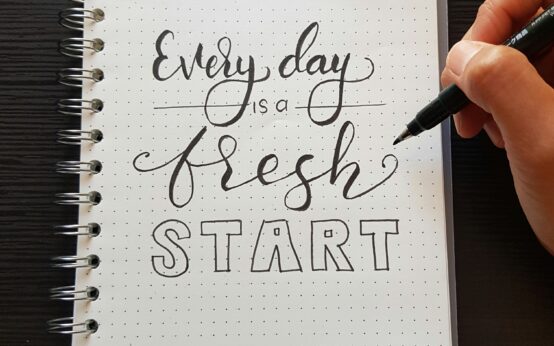 How To Incorporate Self Care Into Your Daily Life
How To Incorporate Self Care Into Your Daily Life 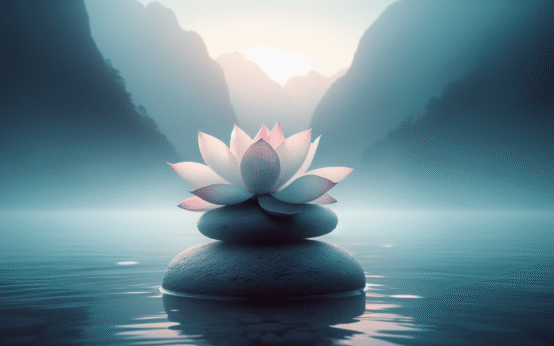 The Best Mindfulness Apps To Enhance Your Practice
The Best Mindfulness Apps To Enhance Your Practice  Easy Self Care Ideas You Can Do at Home
Easy Self Care Ideas You Can Do at Home  How To Practice Self Compassion: Tips And Techniques
How To Practice Self Compassion: Tips And Techniques 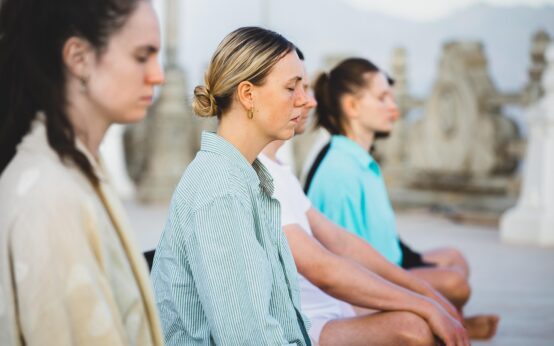 Daily Mindfulness: 5 reasons It Improves Your Mental Health
Daily Mindfulness: 5 reasons It Improves Your Mental Health  How To Create A Skincare Routine For Oily Skin
How To Create A Skincare Routine For Oily Skin  The Best Ingredients For Anti-Aging Skincare
The Best Ingredients For Anti-Aging Skincare  Skincare Myths That Are Wrecking Your Glow
Skincare Myths That Are Wrecking Your Glow  Natural Skincare 101: Everything you Need to Know
Natural Skincare 101: Everything you Need to Know  The Ultimate Guide To Sunscreen: What You Need To Know
The Ultimate Guide To Sunscreen: What You Need To Know 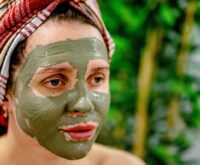 Guide to the Best Anti acne Products for Clear Skin
Guide to the Best Anti acne Products for Clear Skin